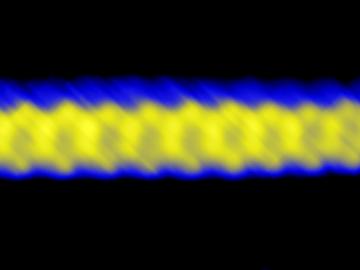Filter News
Area of Research
- (-) Materials (55)
- (-) Nuclear Science and Technology (10)
- Advanced Manufacturing (5)
- Biological Systems (5)
- Biology and Environment (7)
- Building Technologies (2)
- Chemistry and Physics at Interfaces (4)
- Clean Energy (74)
- Climate and Environmental Systems (1)
- Data (1)
- Energy Frontier Research Centers (5)
- Fossil Energy (2)
- Functional Materials for Energy (4)
- Geographic Information Science and Technology (1)
- Isotope Development and Production (2)
- Materials Synthesis from Atoms to Systems (3)
- Materials Under Extremes (4)
- Neutron Science (17)
- Quantum Condensed Matter (1)
- Reactor Technology (1)
- Renewable Energy (1)
- Supercomputing (17)
- Transportation Systems (3)
News Type
Media Contacts

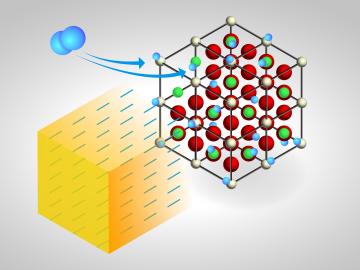
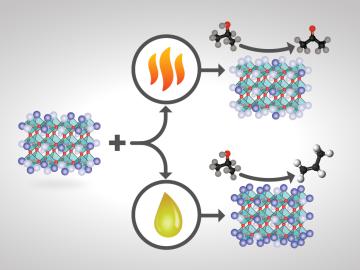
For some crystalline catalysts, what you see on the surface is not always what you get in the bulk, according to two studies led by the Department of Energy’s Oak Ridge National Laboratory. The investigators discovered that treating a complex
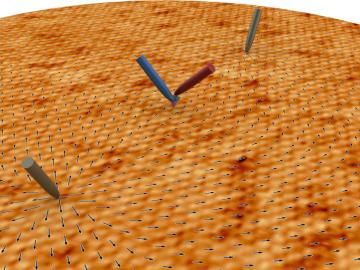
New method to detect spin current in quantum materials unlocks potential for alternative electronics

For many scientists and engineers, the first real test of their mettle comes not in a classroom, but in a lab or the field, where hands-on experience can teach volumes. For Susan Hogle, that hands-on experience just happened to be with material that was too hot to handle—literally....

After more than a year of operation at the Department of Energy’s (DOE’s) Oak Ridge National Laboratory (ORNL), the COHERENT experiment, using the world’s smallest neutrino detector, has found a big fingerprint of the elusive, electrically neutral particles that interact only weakly with matter.
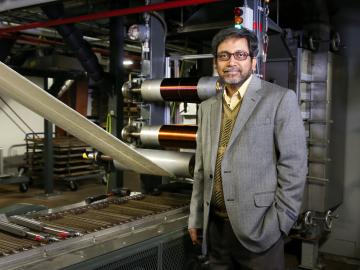
Finding new energy uses for underrated materials is a recurring theme across Amit Naskar’s research portfolio. Since joining Oak Ridge National Laboratory in 2006, he has studied low-cost polymers as carbon fiber precursors, turning lignin−a byproduct of biofuel production−into renewable thermoplastics and creating carbon battery electrodes from recycled tires.
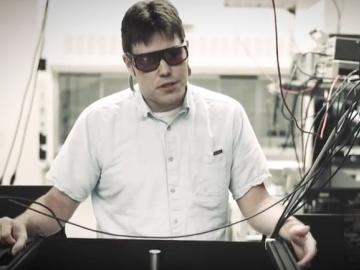
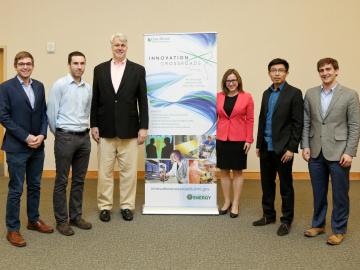
Oak Ridge National Laboratory today welcomed the first cohort of innovators to join Innovation Crossroads, the Southeast region's first entrepreneurial research and development program based at a U.S. Department of Energy national laboratory. Innovation Crossroads, ...
